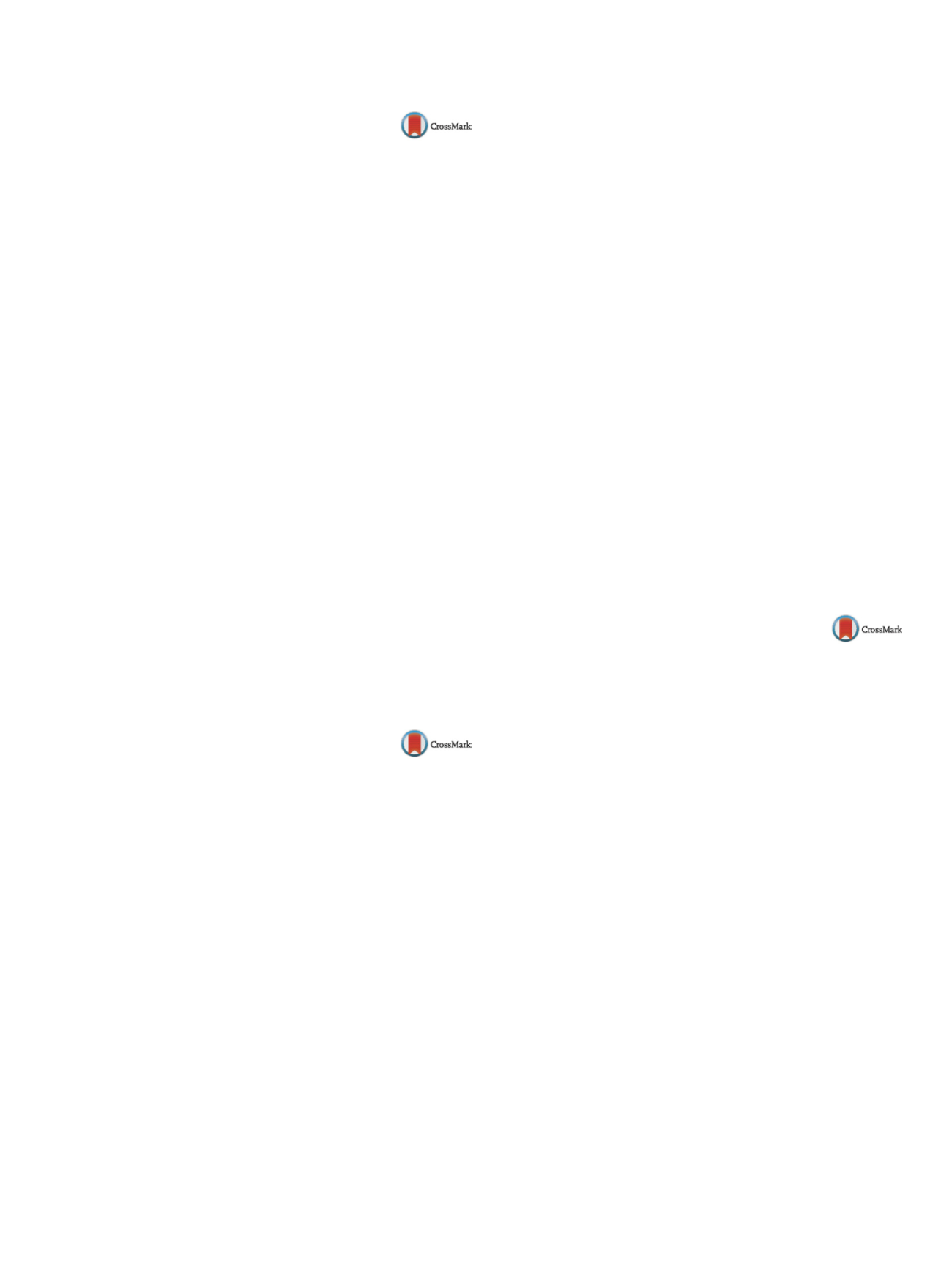

25th European Congress of Psychiatry / European Psychiatry 41S (2017) S69–S105
S77
O023
Clinical and sociodemographic
correlates of suicidality in bipolar
patients
U. Ouali
Razi Hospital, Psychiatry A, Mannouba, Tunisia
Introduction
A major concern in patients with BIPOLAR Disorder
(BD) is the high frequency of suicidality. It is important to determine
the subgroup of patients particularly exposed to this risk.
Objectives
To explore sociodemographic and clinical characteris-
tics of BD patients with a history of suicide attempts and compare
them to those who never attempted suicide.
Methods
This is a retrospective, cross-sectional, descriptive and
comparative study on 100 patients followed in our department and
diagnosed with BD type I according to DSM 5. Demographic and
clinical data was compared across the groups: suicide+ (S + ) and
suicide–(S-).
Results
Overall, 77 patients never attempted suicide (S
−
),
whereas 23 had made at least one suicide attempt (S+). Females
represented 61,9% of the S+ group. S+ patients had more rela-
tives with psychiatric illness (82,6% vs. 57.1%) and affective illness
(43.5% vs. 33,8%). The mean diagnostic delay was 6.61 years in the
S+ group vs. 4.58 in the S
−
group, with 78,3% of S+ patients first
receiving another diagnosis than BD. S+ patients had significantly
more depressive episodes andmanic episodes withmixed features.
Quality of intervals was worse in S+ patients. Anxiety comorbidity
was significantly higher in the S+ group (52.2% vs. 13%;
P
= 0,000).
Hyperthymic temperament was significantly associated with the
S
−
group.
Conclusions
Depressive polarity, anxiety comorbidity, as well as
diagnostic delay seem to elevate the risk for suicidality in bipolar
patients. Suicidality should be closely monitored in patients with
these characteristics.
Disclosure of interest
The author has not supplied his declaration
of competing interest.
http://dx.doi.org/10.1016/j.eurpsy.2017.01.245O024
Determinants of functioning in
euthymic patients with bipolar
disorder: A structural equation
modelling approach
L. Samalin
1 ,∗
, L. Boyer
2, A. Murru
3, I. Pacchiarotti
3,
M. Reinares
3, C.M. Bonnin
3, C. Torrent
3, V. Norma
3, P. Corinna
4,
I. de Chazeron
1, M. Boucekine
2, P.A. Geoffroy
5, F. Bellivier
5,
P.M. Llorca
1, E. Vieta
31
CHU de Clermont-Ferrand, Psychiatry, EA 7280, Clermont-Ferrand,
France
2
Aix-Marseille University- EA 3279- Public Health, Chronic Diseases
and Quality of Life research Unit, Marseille, France
3
Institute of Neuroscience- Hospital Clinic- University of Barcelona,
Bipolar Disorder Unit, Barcelona, Spain
4
Policlinico Umberto I of Rome- La sapienza University of Roma,
Department of Neurology and Psychiatry, Roma, Italy
5
AP–HP–GH Saint-Louis–Lariboisiére–F. Widal, Inserm U1144,
université Paris-Diderot, pôle de psychiatrie et de médecine
addictologique, Paris, France
∗
Corresponding author.
Background
Euthymic patients with bipolar disorder (BD) expe-
rience residual symptoms. Interestingly, residual symptoms appear
to impact the natural course of BD and represent potential predic-
tors of recurrence and functional impairment.
Objectives
The study aimed to analyse the relationship between
residual depressive symptoms, sleep disturbances and cognitive
impairment as determinants of psychosocial functioning in a large
sample of euthymic BD patients.
Methods
We performed a cross-sectional study of 468 BD outpa-
tients in clinical remission for at least 6months. Bipolar Depression
Rating Scale (BDRS), Pittsburgh Sleep Quality Index (PSQI) scale,
Visual Analogic Scales (VAS) evaluated cognitive impairment and
functioning assessment short testwere used to assess residual sym-
ptomatology and functioning of patients. We evaluated functioning
with. Structural equation modelling (SEM) was used to describe
the relationships among the residual depressive symptoms, sleep
disturbances, perceived cognitive performance and functioning.
Results
SEM showed good fit. This model revealed that residual
depressive symptoms (path coefficient = 0.37) and perceived cogni-
tive performance (path coefficient = 0.27) were the most important
features significantly related to psychosocial functioning. Sleep dis-
turbances were indirectly associated with functioning via residual
depressive symptoms and perceived cognitive performance (path
coefficient = 0.23).
Conclusions
This study contributes to a better understand-
ing of the determinants of psychosocial functioning during the
interepisodic periods of BD patients. These findings should have
implications for the improvement of functioning of BD patients in
a personalized approach to treatment.
Disclosure of interest
COI: Dr. Samalin reports personal fees and nonfinancial support
from Astra-Zeneca, Bristol Myers Squibb, Janssen, Lundbeck, and
Otsuka.
The authors L. Boyer, A. Murru, I. Pacchiarotti, M. Reinares, C.M. Bon-
nin, C. Torrent, V. Norma, P. Corinna, I. de Chazeron, M. Boucekine,
P.A. Geoffroy, F. Bellivier, P.M. Llorca, E. Vieta have have not supplied
their declaration of competing interest.
http://dx.doi.org/10.1016/j.eurpsy.2017.01.246O025
Subcortical structures in suicide
attempters with bipolar disorder,
type I
G. Sani
∗
, A. Simonetti , E. Ambrosi , D. Janiri , G. Kotzalidis
Sapienza University of Rome, NeSMOS, Rome, Italy
∗
Corresponding author.
Introduction
Suicidality is a major health concern with as yet
unclear neurobiology.
Objectives
To identify emotional correlates of suicidality in bipo-
lar disorder I (BD-I).
Aims
To detect subcortical structural morphology changes asso-
ciated with suicide attempts.
Methods
We enrolled 30 patients with BD-I of which 15 had his-
tory of suicide attempts, and 15 healthy controls (HCs) with no
such history. Groups were defined according to suicide attempt his-
tory and psychopathology. Subcortical gray matter volumes were
obtained from3 T structural MRI scans using FreeSurfer. Intergroup
differences were investigated through ANOVAs followed by post
hoc Fischer’s least significant difference.
Results
HCs had larger left hippocampal and left accumbens
volumes than both BD-I attempters and nonattempters. BD-I
attempters had smaller left hippocampi and larger left amygdala
than both nonattempters and HCs.
Conclusions
Differences were observed in emotional processing
mediating neural circuitries, with BD-I attempters showing
opposite patterns to nonattempters between amygdala and hip-
pocampus.
Disclosure of interest
The authors have not supplied their decla-
ration of competing interest.
http://dx.doi.org/10.1016/j.eurpsy.2017.01.247

















